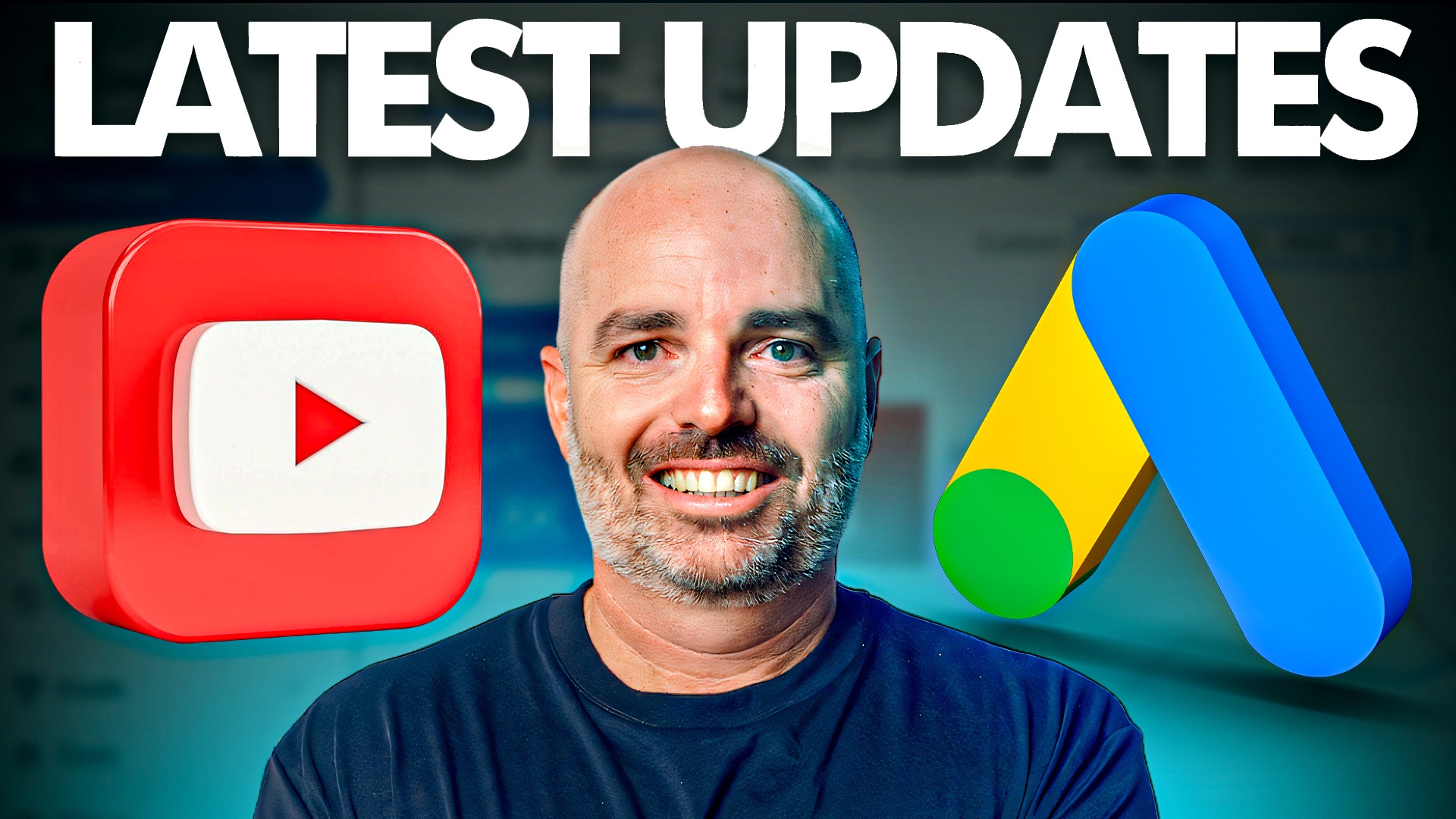
New Performance Max & Demand Gen Updates You Can’t Ignore
Apr 07, 2025If you're running Google Ads campaigns in 2025, this is essential reading. Google has just released major updates to Performance Max and Demand Gen campaigns that could significantly impact how you manage and optimize your accounts.
With more control, better transparency, and enhanced targeting features, these updates give advertisers more power to drive results efficiently and effectively.
Here’s everything you need to know.
Performance Max Updates 2025: More Control, Better Results
1. Negative Keyword Limit Increased in PMax
Google has expanded the limit on negative keywords to 1,000 per campaign, up from just 100. This long-awaited change means advertisers can now block more irrelevant search terms and tighten campaign performance without jumping through support hoops.
Recommended starting points for negative keywords:
-
free
-
cheap
-
review
-
discount code
These keywords often signal low intent and can lead to wasted ad spend.
Alt text suggestion for visuals: "Adding negative keywords in Performance Max campaign settings"
👉Performance Max vs Demand Gen: Which Google Ads Campaign Is Right for You?
2. Brand Exclusions for Performance Max (Coming Soon)
Soon, you’ll be able to exclude branded search terms from Performance Max campaigns for Search, while still allowing branded traffic in Shopping. This helps protect your branded search strategy while avoiding budget overlap and inflated cost-per-clicks.
3. Network-Level Data Visibility
Google is rolling out new visibility into how your budget and conversions are allocated across different networks:
-
Search
-
Shopping
-
Display
-
Video
This will allow you to optimize more strategically and shift spend toward the highest-performing channels.
4. “URL Contains” Targeting Rules
You’ll now be able to use “URL Contains” filters to tell Performance Max which product categories or landing pages to prioritize.
Demand Gen Updates 2025: Precision Targeting Across Google's Discovery Channels
Demand Gen campaigns are getting smarter—and more customizable. These updates help you fine-tune your approach to fit the exact audience and placements that drive engagement.
1. Improved Placement Controls
You can now specify exactly where your Demand Gen ads appear, including:
-
YouTube
-
YouTube Shorts
-
Discover
-
Gmail
-
Google Display Network
This gives you the ability to avoid underperforming placements and hone in on channels that deliver stronger engagement and ROI.
Alt text suggestion for visuals: "Selecting ad placements in Google Demand Gen campaign settings"
2. Turn Off Optimized Targeting for Full Control
One of the most important features to use is the ability to disable optimized targeting.
If optimized targeting is enabled, Google treats your audience selections as mere suggestions. Turning it off gives you full control over who sees your ads, making your targeting far more precise.
Benefits of turning optimized targeting off:
-
Deliver tailored messages to segmented audiences
-
Avoid budget waste on irrelevant impressions
-
Maintain tighter alignment between creative and targeting
This is especially helpful if you're accustomed to the control Meta Ads offers—you’ll find a similar level of precision here.
Final Thoughts
These updates are a strong step forward in giving advertisers the tools they need to take control of Google Ads. Whether you’re running campaigns for lead generation, ecommerce, or brand awareness, now is the time to implement these changes.
Get ahead of your competition by updating your campaigns today—these features are designed to help you get more from every click, impression, and conversion.
If you’d like a version of this blog post formatted for newsletters, LinkedIn, or other platforms, just let me know.

